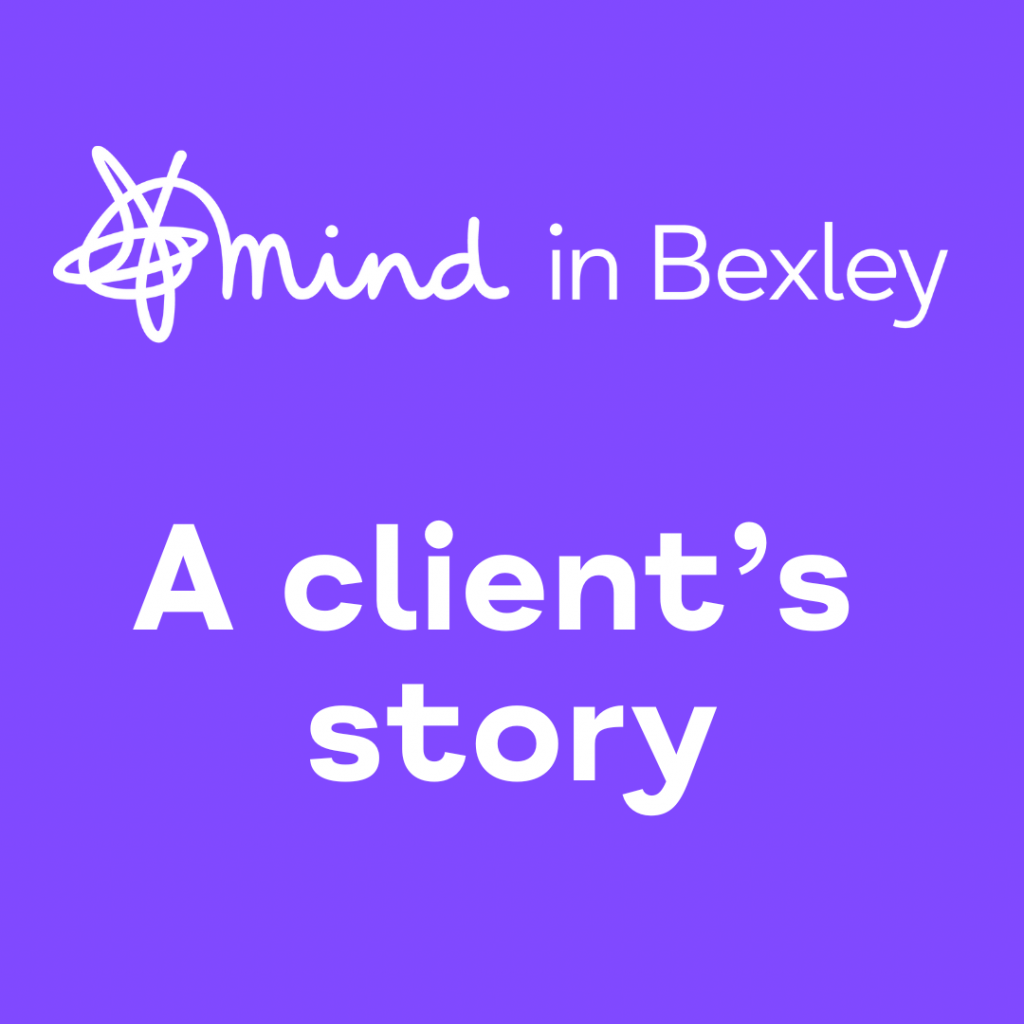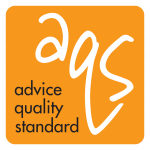Melisa wrote a blog about how NHS Bexley Talking Therapies helped her ease her OCD
Techniques such as 5 4 3 2 1 helped ease my OCD
Content warning: this blog talks about bullying and intrusive thoughts.
With the help of Mind in Bexley, Melisa learnt to deal with intrusive thoughts that had taken over her life.
It started off when I was 11. I had just started secondary school and was being bullied for being different to others. Not only did the teachers not help me, some of them also made fun of me. Powerful thoughts started to come to my mind randomly during the day:
“an incident will happen today“ or “stay quiet so that you do not give them a reason to bully you more”.
Soon I would think of the unthinkable and it overtook me. These thoughts would pop up throughout the day every day. Because of this, I would do anything at all to try to get rid of even the slightest possibility of those horrible situations I was imagining becoming reality. I was constantly on edge as my mind was “guiding” me to protection, and I lost myself.
“My world revolved around trying to protect myself from the situations I imagined myself getting into. I had no identity, no hobbies, no likes, no dislikes.”
My mind convinced me that there was no time to develop a personality as any healthy teenager should. My world revolved around trying to protect myself from the situations I imagined myself getting into. I had no identity, no hobbies, no likes, no dislikes. How would I even describe myself? When I heard my name, it was like staring into the depths of nothing.
When the physical symptoms started to show in my teen years, such as panic attacks, I felt as if I were losing my mind. I would look for answers for my symptoms every day, at school and home, but the searching did not help. I finally had the courage to ask for help and to book a GP appointment. Unfortunately, this would be one of many GP appointments because of how long the waitlist was for Children and Adolescent Mental Health Services (CAMHS). Furthermore, the GP was reluctant to prescribe me with any mental health medication because I was under 18.
The physical symptoms increased when I was 15. I developed anxiety twitches, and I frequently collapsed without fainting. I had a few visits to A&E for the symptoms. It turns out that stress makes intense changes to the body and it was all symptoms of my mental health.
“My family would help me to calm down when I was experiencing these horrific thoughts by keeping me grounded and in the moment.”
I am very grateful for my family who were so supportive during this difficult time. My mum, dad and brother would help me to calm down when I was experiencing these horrific thoughts by keeping me grounded and in the moment. Once I felt calmer, they assured me that I was safe, which helped a lot. They knew exactly what I needed when I needed it.
Just after I turned 18, there was a breakthrough. My mum told me that if I felt that I needed medication, I need to push for it. After three years of trying, I was finally prescribed anti-depressants to help with the distress of these overbearing thoughts and compulsions. The GP also told me that I could benefit from self-referring for mental health support. I had heard of Mind, and I self-referred to Bexley local branch.
Firstly, I had a phone call for an assessment to see if the service was suitable for me. They asked me a variety of questions, such as when did my issues begin and what my symptoms were. After that call, they told me that based on my symptoms, I may have obsessive compulsive disorder (OCD) and I would get cognitive behavioural therapy (CBT) for this. My therapist was amazing, kind and compassionate. She told me about the polar bear experiment. I was told not to think of a polar bear, but I couldn’t stop thinking about it. She told me “The more you tell yourself not to think of the polar bear, the more intense the thought of the polar bear becomes and it is the same with the situations you imagine”. I needed to let the thoughts (the obsessions) pass by to cope with them.
“5 4 3 2 1 is thinking of 5 things I can see, 4 things I can hear, 3 things I can touch, 2 things I can smell and 1 thing I could taste.”
She continued to explain that you can let the thoughts pass by staying grounded. We focused on how I could stay grounded once the thoughts appeared. One technique was continuing doing what I was doing before the thoughts popped up and once they did, I could increase my energy and focus on the task at hand.
Another technique was the 5 4 3 2 1 method, which is to think of 5 things I can see, 4 things I can hear, 3 things I can touch, 2 things I can smell and 1 thing I could taste. These were such simple techniques but they had a major impact. They were challenging initially, but the more I practiced, the better I got at staying grounded.
Once I finished my 12 therapy sessions, I requested a diagnosis from my GP. She asked me what my thoughts and compulsions were. I was then asked how long I had the symptoms for, and after the call, she simply said “you have your diagnosis”. After 8 grueling, years, I had my answer.
Since then, I have felt so much better and barely have any of the physical and mental symptoms that I had before. I even know what to say when people ask, “who are you?”. In fact, friends and family tell me that I am almost unrecognisable. OCD is chronic, and I will have it for life, but I now see a future for myself.
If you would like help from our NHS Bexley Talking Therapies service, you can get more information and self-refer here: mindinbexley.org.uk/talking-therapies



